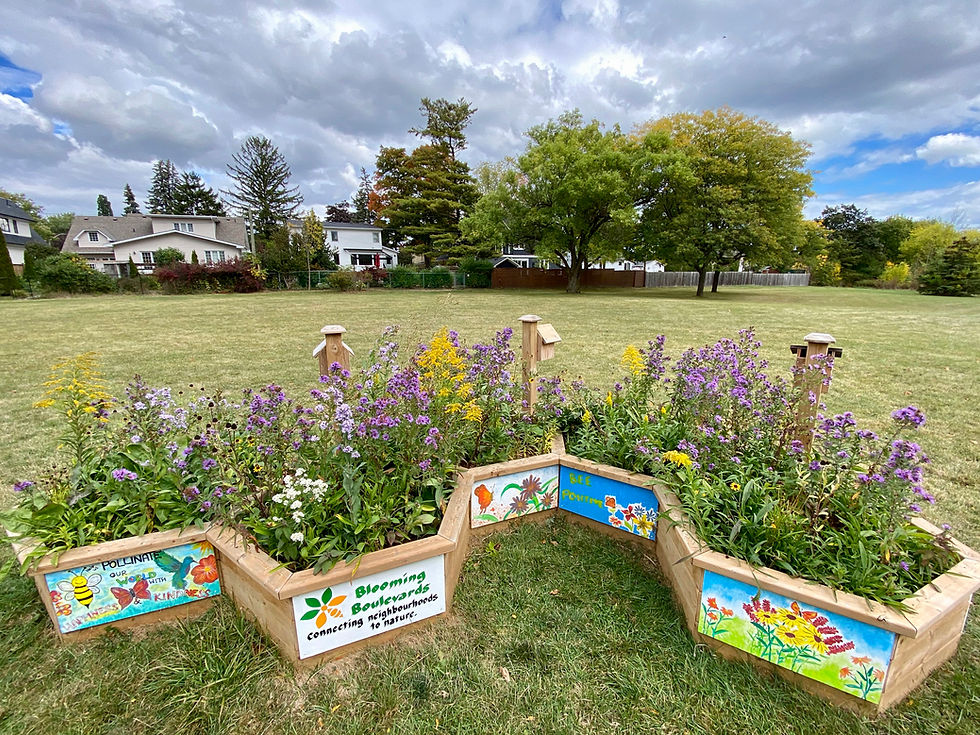Canada milkvetch, a native legume!
- pamelasleightholm
- Jul 13, 2022
- 2 min read
Updated: Jul 14, 2022
Story and photos by Pamela Sleightholm

Astragalus canadensis is a native plant in the Fabaceae (pea) family. Dozens of creamy white tubular flowers bloom for two to three months in the summer. It tolerates dry and wet soils and thrives in sun or part shade.
Right now, the Canada milkvetch in my garden is about 100cm tall and covered with bumblebees, whose long tongues are able to reach into the long flowers to extract nectar. Butterflies, hummingbirds and other native bees are also attracted to its blooms. But one of milkvetch's other interesting characteristics, like all members of the pea family, is that it is a legume – a nitrogen fixer.
Nitrogen in a component of chlorophyll, which is what makes our plants green, and more importantly, is involved in photosynthesis, which converts solar energy into plant energy in the form of sugars. Though nitrogen is abundant in our atmosphere, it is not in a form that plants can use. Nitrogen fixers work with soil bacteria to convert atmospheric nitrogen to a form that plants can take up. This benefits the living plant, and results in high-nutrient seeds that support wildlife (and, in the case of beans, peas and peanut - people). That's why Canada milkvetch is very attractive to rabbits and deer.
However - and this is a BIG "however" - according to some scientific studies, living legumes may provide very little nitrogen to the soil or other plants. That's because they use the nitrogen themselves, to produce their seeds. In a green plant before flowering, 60% of the fixed nitrogen is found above ground in leaves and stem and 40% below ground. The same plant with mature pods has 80% of the plants fixed nitrogen in the seed, 9% in leaves and stem, and remainder in the roots.
Once the legume dies, the nitrogen in the plant is returned to the soil, where decomposers (bacteria and fungi) convert the organic matter into free nitrogen ions, like nitrate, which can be used by other plants. Though a well-established principle when done as crop rotation, the simultaneous, nearby planting of heavy nitrogen-feeding plants and living nitrogen fixing plants has been less studied.
In a prairie grasslands, native legumes such as Canada Milkvetch (Astragalus canadensis), Purple Prairie Clover (Dalea purpurea), Showy Tick Trefoil (Desmodium canadense), False Indigo (Amorpha fruticosa), Round-headed Bush Clover (Lespedeza capitata), Wild Indigo (Baptisia tinctoria), Wild Lupine (Lupinus perennis) and Wild Senna (Senna hebecarpa) increase the biodiversity of soil organisms, which supports the ecosystem.
So include milkvetch and other native legume plants in your native plant gardens. They support wildlife - from the ground up!
Sources:









Comments